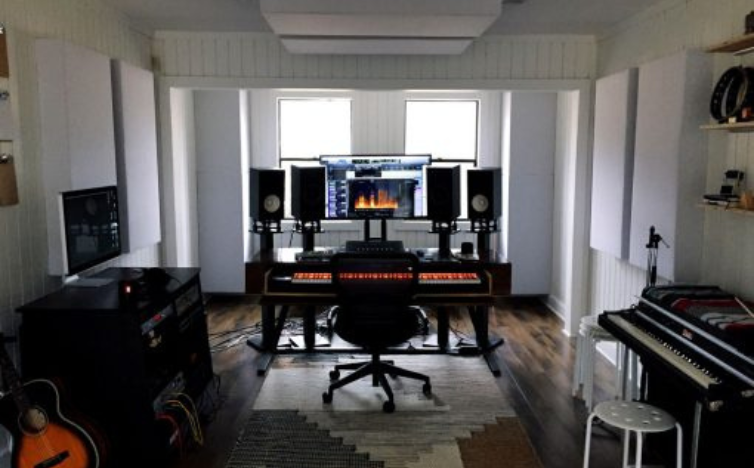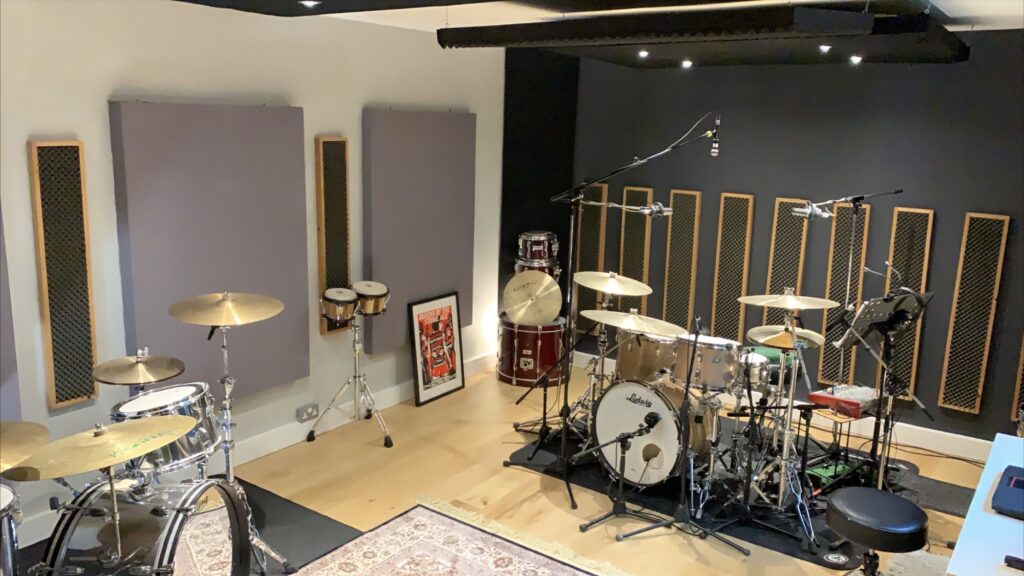Proper acoustic treatment is essential for achieving high-quality sound in any room, especially when it comes to managing low-frequency sounds, or bass. Bass traps are key components that help control these frequencies, improving clarity and reducing unwanted resonance. This guide will help you choosing the right bass traps for your specific space, ensuring optimal sound control.
1. Understand the Role of Bass Traps
Bass traps are designed to absorb low-frequency sound waves that tend to accumulate in corners, causing sound to become muddy and unclear. Unlike other acoustic treatments, bass traps specifically target lower frequencies, making them crucial for sound clarity in spaces such as home theaters, music studios, and listening rooms.

2. Identify the Problem Areas in Your Room
Before selecting bass traps, it’s important to assess your room’s acoustics. Low-frequency sounds typically build up in the corners of a room, as well as where walls meet ceilings or floors. Listen for any booming or echoing bass sounds, and note the areas where sound reflections are strongest. These areas will benefit the most from bass trap installation.
3. Determine the Type of Bass Traps You Need
Bass traps come in various types, each suited for different needs:
- Corner Bass Traps: These are placed in the corners of a room where bass buildup is typically strongest. They are the most common type of bass trap and are highly effective at controlling low-end frequencies.
- Panel Bass Traps: These are mounted on walls and ceilings, targeting specific areas of the room. They work well in combination with corner traps to provide comprehensive bass absorption.
- Membrane Bass Traps: Designed to target specific low-frequency ranges, membrane traps can be used for fine-tuning sound in critical listening spaces.
The choice depends on the size of your room, its shape, and the extent of the bass problems you’re experiencing.
4. Consider the Material and Thickness
Bass traps are usually made from high-density acoustic foam or fiberglass. Both materials effectively absorb low-frequency sound, but their performance varies depending on thickness:
- 2-4 Inches Thick: Ideal for smaller rooms or spaces where only light bass treatment is needed.
- 4-8 Inches Thick: These thicker bass traps are more suitable for larger rooms or professional audio environments where heavy bass control is required.
The material and thickness will determine how much sound absorption the bass trap can provide. Thicker traps will absorb a wider range of low frequencies, but they may take up more space.
See Also: Understanding Bass Traps and Controlling Low-Frequency Sound
5. Balance Aesthetics with Functionality
While performance is the primary concern when choosing bass traps, aesthetics should also be considered, especially for home theaters or living rooms. Many bass traps come in various shapes, colors, and fabric finishes to blend in with your existing decor. Some manufacturers even offer customizable options so you can match the traps to your space’s design while maintaining optimal sound quality.
6. Combine Bass Traps with Other Acoustic Treatments
To fully optimize your room’s acoustics, bass traps should be used in conjunction with other acoustic treatments, such as:
- Acoustic Panels: These are designed to absorb mid- and high-frequency sounds, complementing bass traps for full-spectrum control.
- Diffusers: Diffusers scatter sound waves, preventing sound from bouncing directly off surfaces and creating echoes.
A balanced combination of bass traps, acoustic panels, and diffusers will ensure that your space has clear, even sound across all frequencies.
7. Placement: Where to Install Bass Traps
Proper placement of bass traps is key to maximizing their effectiveness. Here are some guidelines:
- Corners: Bass traps are most effective when placed in the vertical corners of a room, as this is where low-frequency buildup is the strongest.
- Walls and Ceiling Corners: In addition to floor corners, consider treating the horizontal edges where walls meet the ceiling for improved absorption.
- First Reflection Points: Identify areas where sound reflects off surfaces (especially near your listening or mixing position) and consider placing bass traps there as well.
See Also: Guide to Installing Foam Bass Traps
8. Test and Adjust
After installing your bass traps, test the acoustics of the room. Play low-frequency sounds or use a frequency analyzer to measure how the room responds. You may need to adjust the positioning of the traps or add more if necessary. Fine-tuning your bass traps will help you achieve the best possible acoustic environment.
Call us: Contact Waseem Technical Soundproofing Expert in Dubai For Soundproofing: +971 50 209 7517
By following these steps, you can effectively choose the right bass traps for your space and ensure that low-frequency sounds are properly controlled. Whether you’re designing a home theater, music studio, or professional recording room, the right bass traps will make a significant difference in your room’s acoustics.




